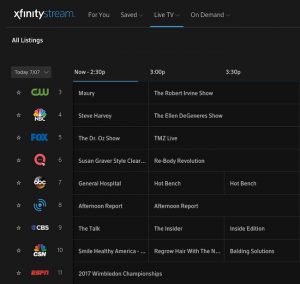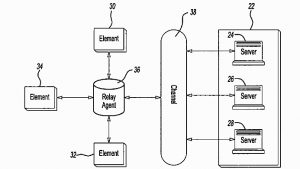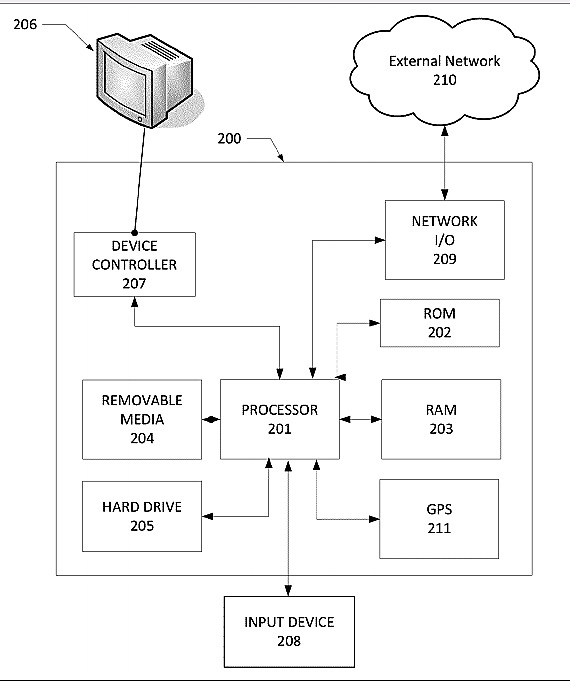 In late March, Reuters reported that American telecommunications conglomerate Comcast (NASDAQ:CMCSA) is ramping up its own video streaming service called XFinity Instant TV which the company expects to make available by the third quarter of 2017. Comcast customers in Boston and Chicago might be familiar with Stream, a streaming IP network that Comcast began offering in 2015 that made viewing digital media specific to the network on devices such as laptops and tablets available for $15 a month. Now, Comcast is rebranding Stream and turning it into XFinity Instant TV in areas already within Comcast’s traditional-cable footprint such as Washington D.C. and Philadelphia. Like Stream, XFinity Instant TV will be accessed through an app that allows the user to stream or download on multiple devices.
In late March, Reuters reported that American telecommunications conglomerate Comcast (NASDAQ:CMCSA) is ramping up its own video streaming service called XFinity Instant TV which the company expects to make available by the third quarter of 2017. Comcast customers in Boston and Chicago might be familiar with Stream, a streaming IP network that Comcast began offering in 2015 that made viewing digital media specific to the network on devices such as laptops and tablets available for $15 a month. Now, Comcast is rebranding Stream and turning it into XFinity Instant TV in areas already within Comcast’s traditional-cable footprint such as Washington D.C. and Philadelphia. Like Stream, XFinity Instant TV will be accessed through an app that allows the user to stream or download on multiple devices.
A study released in the summer of 2016 claimed that 25% of U.S. households live without paid cable or satellite television services. In this study, market and user experience research firm GfK said that people are increasingly streaming shows available through over-the-air (OTA) reception and Internet services.
49% of households that stream video use the Roku Streaming Player, an electronic box that provides a platform for streaming video services like Netflix. According to a study conducted by comScore, most people who stream video choose the Roku. Google Chromecast is the second-most utilized streaming platform and is used by 22% of streaming video using households. Behind those two are Amazon FireTV which is used by 16% and Apple TV which is used by 12%. Viewers who already have Internet-access with Comcast will use any of these devices to access XFinity Instant TV.
Numbers show that 57% of respondents subscribe to more than one streaming service while 25% subscribe to only one according to statistics published by nocable.org for 2017. A full 79% of people who still pay for cable also subscribe to a streaming service. According to the study by GfK, the average annual salary “cord-cutters” is $59,000 and thus it seems cord cutting is more of a lifestyle choice than an economic necessity.
One of the obstacles Comcast has to hurdle in order to attract these high-end buyers is the likelihood of a server malfunctioning and shutting down. This issue interrupts viewing and lessens the overall experience for the user. That is a problem addressed by the technology protected by U.S. Patent No. 8265073, which Comcast filed for in 2006 and was finally published in 2012. Titled Method and System which Enables Subscribers to Select Videos from Websites for On-demand Delivery to Subscriber Television via a Television Network, this patent describes a solution to the problem of provisioning servers being temporarily shut down, which can negatively impact video streams when such a server contains a critical network element.
[JV-1]
One existing method for streaming media is Dynamic Host Configuration Protocol (DHCP), a method by which users can connect to digital networks. While changes and improvements have been made over the years, a problem still exists when network elements are unable to interact with the associated network. This patent protects a method in which an active-passive model is adopted where the primary server is mirrored with a backup provisioning server, thereby keeping the media running with only slight delays when one server crashes and the backup provisioning server is brought up online.

Interrupted viewing doesn’t just happen when servers stop operating. One culprit of lag is a slow network that can’t keep up with streaming content, which is a very bandwidth-intensive operation. To sidestep this issue, a method must be used to not stream video, but to download the content and watch based on the capabilities of the computer (or tablet, or phone) rather than the capabilities of a network. U.S. Patent No. 9565228, entitled Streaming and Downloading of Content protects a method in which a switch is made from streaming content to downloading content while maintaining a seamless viewing experience for streaming content. To do this, two channels may be utilized, one a streaming channel and another a downloading channel.

The quality, or bit rate, may also be altered to keep the transmission steady and without lag. The device streaming the content may “intelligently decide” to stream or to download, or perform both simultaneously. One way that this intelligent decision making tech works is when content provider sends a data-file containing video content for download by a user viewing streaming content. Once the data-file has downloaded to a sufficient point, the device can switch from streaming the content to viewing the rest of it off of the downloaded data-file and the data stream can be stopped.
Comcast’s Xfinity is a network designed to send streaming video data to all of its customers in a given area. A useful method to prevent interrupted viewing to any of these consumers is to use the power of multiple servers across the network as efficiently as possible. U.S. Patent No. 9167033, titled Transmission Device Load Balancing, protects a method by which several computing device servers can stream the content requested across the network smoothly in a way that doesn’t waste server resources.

The technology this patent protects determines the duration of the streaming video content requested by a user. Computing devices on a network are assigned unique duration ranges, such as 30 to 45 minutes. Requests for content within that duration rage are then directed to the predetermined computing devices. Computing device load is monitored and the duration ranges are adjusted to accommodate future processing requests based on the load status, if necessary. Computing devices are assigned duration ranges in a hierarchy (i.e.: zero to 15 minutes; 16 to 30 minutes; 30 to 45 minutes). This technology aids a content delivery network operator in making more efficient use of server resources.

![[IPWatchdog Logo]](https://ipwatchdog.com/wp-content/themes/IPWatchdog%20-%202023/assets/images/temp/logo-small@2x.png)

![[Advertisement]](https://ipwatchdog.com/wp-content/uploads/2024/04/Patent-Litigation-Masters-2024-sidebar-early-bird-ends-Apr-21-last-chance-700x500-1.jpg)

![[Advertisement]](https://ipwatchdog.com/wp-content/uploads/2021/12/WEBINAR-336-x-280-px.png)
![[Advertisement]](https://ipwatchdog.com/wp-content/uploads/2021/12/2021-Patent-Practice-on-Demand-recorded-Feb-2021-336-x-280.jpg)
![[Advertisement]](https://ipwatchdog.com/wp-content/uploads/2021/12/Ad-4-The-Invent-Patent-System™.png)







Join the Discussion
No comments yet.